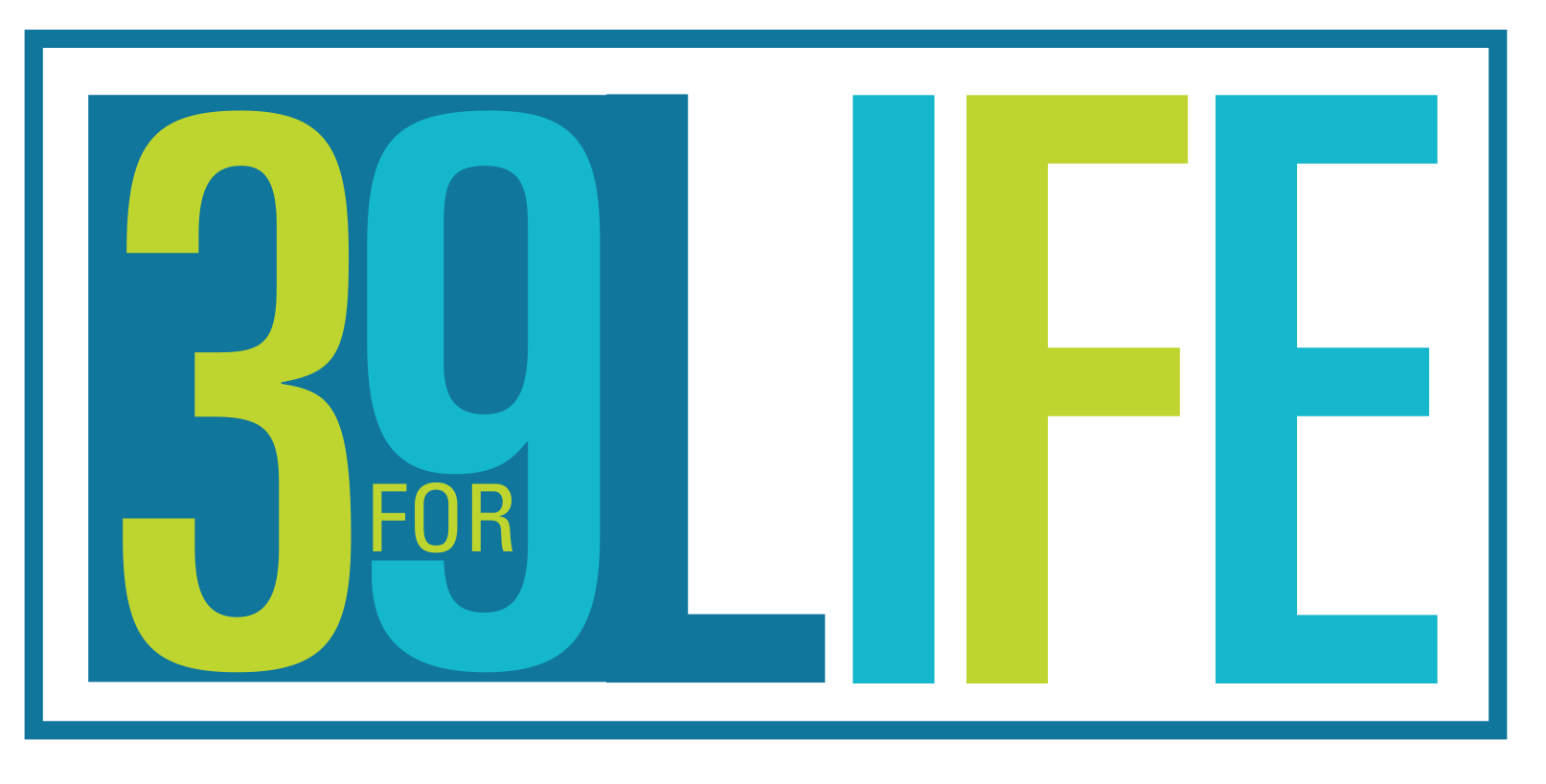Breaking a bone isn’t anybody’s idea of a good time. But when a simple sneeze could break a bone, it is more than just a painful inconvenience. More than 50 million people in the United States have osteoporosis or low bone mass, and an estimated 50 percent of women and 25 percent of men over age 50 will break a bone due to the disease.
Osteoporosis may seem like a disease you only worry about later in life, but preventing the painful disease can begin in infancy. Here are five things to know about osteoporosis and what can be done to prevent it.
Osteoporosis affects bone mass
Osteoporosis is a disease affecting the bones. Over time, a person with osteoporosis will lose bone density. The bones become more fragile and porous, which increases the risk of a fracture. Bones naturally have holes and spaces in them, but with osteoporosis, the holes and spaces grow much larger.
Related link: Bouncing back from accidental falls
Osteoporosis doesn’t present obvious symptoms. “Instead, most people don’t realize they have bone loss until they have a serious injury,” said Tanya Sydnor, wellness director at Redmond Heights Senior Center. “But there are early signs of bone loss. Talk with your healthcare provider if you experience prolonged back pain, loss of height, and a change in posture. Those are sometimes indicators of bone loss.”
Women have a higher risk
Everybody is at risk of osteoporosis. However, women get osteoporosis more than men, and the risk of getting the disease increases with age. White and Asian women also have a higher risk, as do people who have a family member with osteoporosis. People with smaller body frames also have a higher chance of getting the disease. Several risk factors for osteoporosis are preventable, like eating disorders, hormones, medications, activity level, smoking and drinking.
It is a “silent” disease
Osteoporosis is often unnoticed until a bone breaks. It develops silently because there are no signs of the bone loss before a fracture. A bone break that occurs due to a minor injury like a sneeze, bump or fall could be a sign of osteoporosis. Other signs of the disease include height loss or a curving spine. Osteoporosis is diagnosed using a bone mineral density test, which can test bone strength.
Exercise and medication can help
Treatment for osteoporosis can vary depending on how far the bone loss has advanced. If the risk of a bone breaking is not high, treatment for the disease may focus on a healthy lifestyle. Treatment can include a diet high in calcium in vitamin D and exercise. “We have exercise classes every day to build bone and strength,” said Sydnor. People with osteoporosis must also avoid situations likely to cause a fall and lead to a broken bone. Medications are also available to help stimulate bone growth and improve bone density.
A healthy lifestyle is crucial
Many risk factors for osteoporosis cannot be prevented, but lifestyle changes can improve bone health and minimize the risk. Calcium, vitamin D and exercises can help keep bones strong. Eating foods that are rich in calcium throughout a person’s life will help build strong bones and lower the risk of osteoporosis. Bones continue to grow and strengthen throughout adolescence, reaching peak bone mass in a person’s mid-20s. Developing a healthy lifestyle early in life helps bone growth and development. A 10 percent increase in peak bone mass reduces the risk of a fracture due to osteoporosis as an adult by 50 percent. Avoiding smoking and alcohol is also recommended for anyone at risk of osteoporosis. Smoking and drinking alcohol can lead to bone loss, and drinking alcohol increases the risk of falling and breaking a bone.
Osteoporosis is a serious bone disease that many seniors will have to deal with in their lifetime. Although it may not be completely preventable, steps can be taken to lower the risk of the disease with a healthy lifestyle.
This article was originally published by the Daily Herald.




